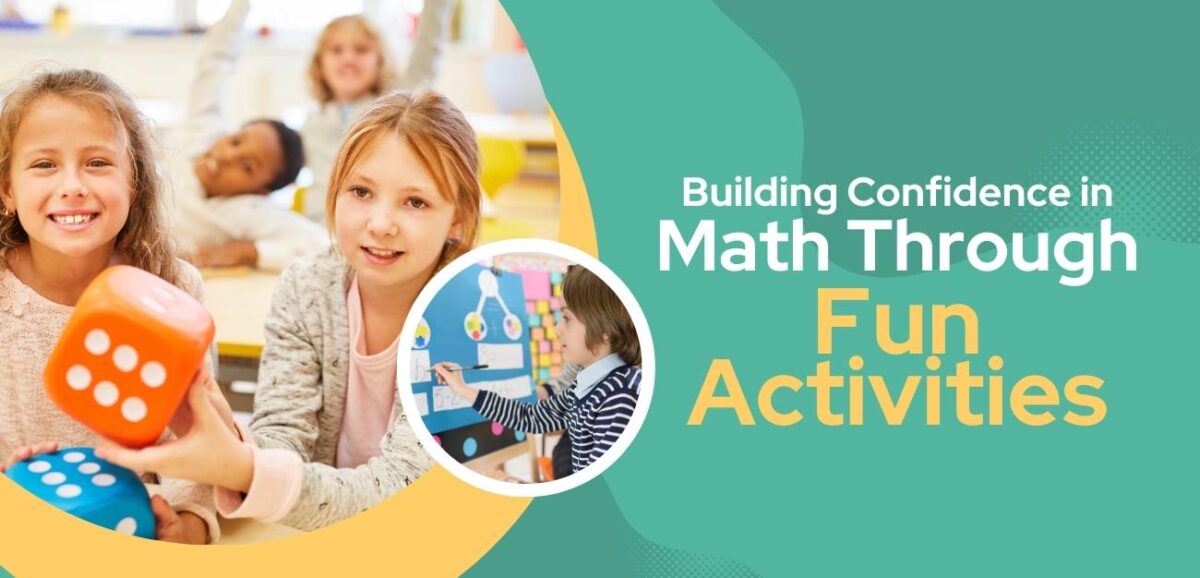Teaching math to homeschoolers presents unique challenges that parents and students must navigate. Unlike a traditional classroom setting, homeschoolers do not have immediate access to a teacher experienced in the subject matter. This can make understanding complex mathematical concepts more difficult and lead to frustration for both parties. Furthermore, homeschool parents may not always have […]



